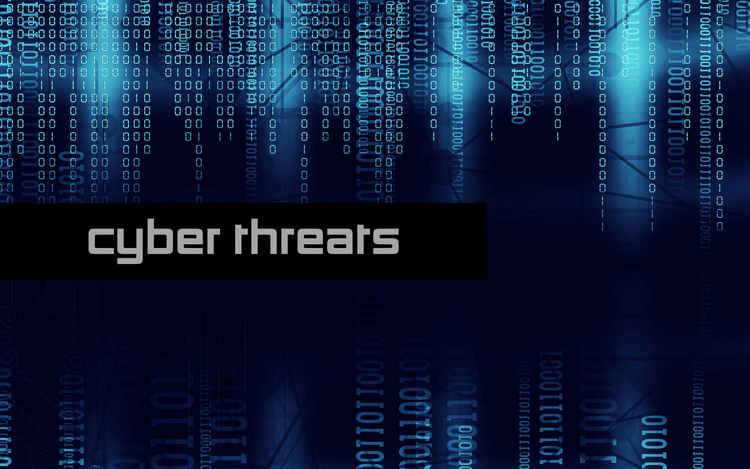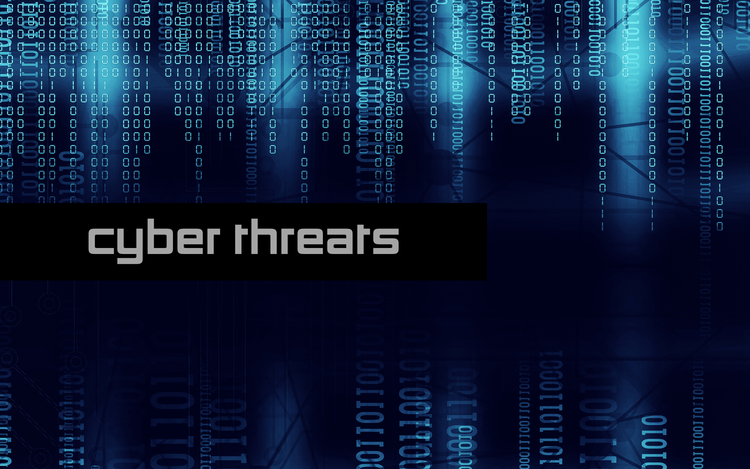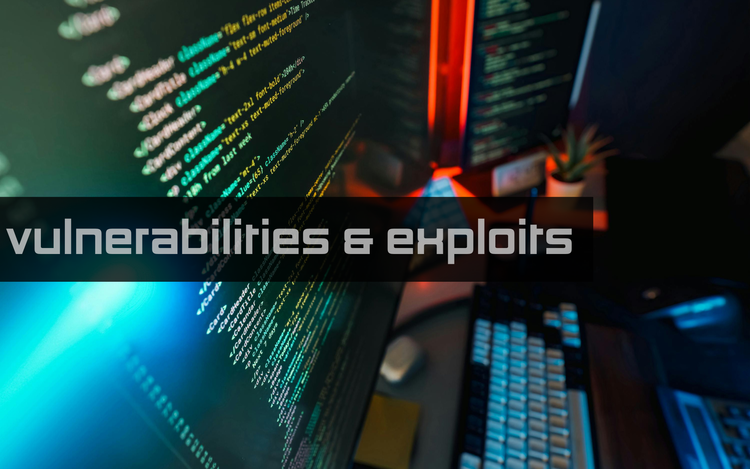AI in the SOC: How Machine Learning Is Redefining Cyber Defense

Introduction
Security Operations Centers (SOCs) have always been the nerve center of cyber defense, but the modern SOC faces an impossible volume of data. Tens of thousands of daily alerts, petabytes of logs, and limited staff make it easy for critical threats to slip through. Artificial intelligence (AI) and machine learning (ML) are now being woven into the SOC’s DNA to fix this imbalance.
The Problem: Alert Fatigue and Limited Human Bandwidth
Traditional SOC workflows rely heavily on human triage. Analysts spend most of their time validating alerts rather than hunting for new threats. A 2024 SANS report revealed that 63% of SOC analysts experience “alert fatigue.” False positives overwhelm the system, leading to delayed responses and missed incidents.
Machine Learning in Action
AI models analyze historical data, identify normal baselines, and flag deviations that indicate compromise. Two main approaches dominate:
- Supervised learning: Algorithms trained on labeled attack data predict known threats, e.g., detecting PowerShell-based malware.
- Unsupervised learning: Finds unknown anomalies, ideal for insider threats or zero-day behavior.
In hybrid SOCs, ML algorithms automatically cluster alerts by similarity—reducing triage workloads by up to 70%. Platforms like Splunk Mission Control and Microsoft Security Copilot use large language models (LLMs) to explain incidents in plain English, bridging the gap between junior and senior analysts.
Beyond Detection: Predictive Defense
Modern AI doesn’t just detect—it predicts. Predictive analytics use contextual data (e.g., system behavior trends, geolocation patterns, MITRE ATT&CK mapping) to forecast potential breaches. This allows analysts to prevent attacks before indicators manifest.
Ethical & Operational Challenges
With automation comes risk. Biased training data can cause uneven detection across geographies or user roles. AI hallucinations may misclassify benign events. To mitigate this, organizations must implement human-in-the-loop validation and continuous retraining of models.
The Future SOC
The SOC of 2025+ will combine:
- AI-assisted triage with autonomous response orchestration,
- Threat intelligence correlation powered by LLMs,
- Continuous learning feedback loops between tools and humans.
AI won’t replace the analyst—it will amplify their analytical reach. The winning SOC is not the most automated, but the most adaptive.





